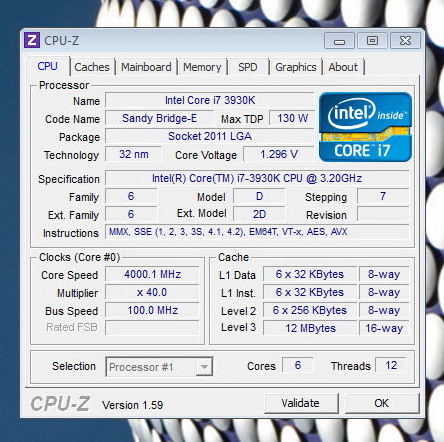TEST BED


TESTING METHODOLOGY
Complicating things is not really our way so our testing procedure will be almost identical to how we test USB 3.0 hubs so once again we will be using Kingston HyperX 120GB SATA III SSDs with every docking station not only so we can max out the performance of our USB 3.0 controller but also to be able to perform every write test required (USB flash drives are not all capable of that). Our standard selection of benchmark suites is used here as well including the famous HD Tach RW (Long Bench 32mb Zones), HD Tune Pro (read/write -when possible- speeds), Sisoftware Sandra Pro (Read/Write speeds), AIDA64 (Linear Read/Random Read), Crystal Disk Mark x64 (100MB-read/write speeds) and finally the quite outdated yet highly reliable ATTO 2.46 (Max Read/Max Write speeds). Every test was repeated for a total of 6 times and after that the average (not peak) performance numbers were recorded into our graphs. Like always every test was performed in a fresh installation of Microsoft Windows 7 Service Pack 1 with every update installed up to April 27th 2012.
For the cloning tests we really tried to cover almost every scenario possible and so we ended up using two identical Kingston HyperX 120GB SSDs, two Western Digital Caviar Black 1TB HDDs and two Seagate Constellation ES.2 3TB HDDs. Of course due to the very long time required to copy each drive onto the other and also since cloning is done without using a computer the tests were completed only once each and then recorded to our charts.

 O-Sense
O-Sense







.png)

